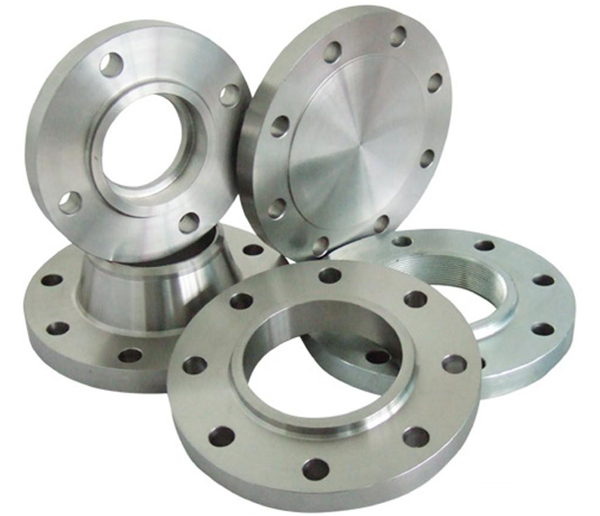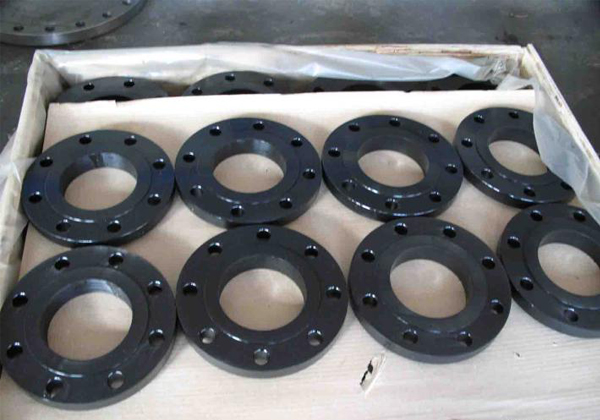The word cement was developed from the Latin caementum and is the meaning of gravel and schist. The history of cement dates back to the mixture of lime and volcanic ash used by ancient Romans in buildings, a mixture similar to modern lime volcanic ash cement. The concrete made of cemented gravel is hardened not only with high strength but also against fresh water or salt water. It has long been used as an important cementitious material in construction projects.
In 1756, British engineer J. Smidton discovered that certain limes hardened in water and found that in order to obtain hydraulic lime, it must be fired with limestone containing clay; masonry mortar for underwater construction, most The ideal ingredient is made up of hydraulic lime and volcanic ash. This important discovery laid the theoretical foundation for the development and development of modern cement.
In 1796, the Englishman J. Parker burned a cement with marl, which was brown in appearance, much like the mixture of lime and volcanic ash from ancient Rome, named Roman cement. Because it is made of natural marl as raw material and is directly fired without ingredients, it is also known as natural cement. It has good hydraulic and fast setting properties and is especially suitable for engineering in contact with water. In 1813, French civil engineer Bijia discovered that cement with lime and clay mixed in a three-to-one ratio had the best performance. In 1824, British construction worker J. Asputin obtained a patent for Portland Cement. He used limestone and clay as raw materials, and after mixing in a certain proportion, the mature material was calcined in a vertical kiln similar to burning lime, and then ground to make cement. The cement was hardened to resemble the stone used for construction in Portland, England, and was named Portland Cement. It has excellent architectural properties and is of epoch-making significance in the history of cement.
In 1907, France, Bie, used iron ore from aluminum ore instead of clay, and mixed limestone to make cement. Because this cement contains a lot of alumina, it is called "alumina cement." In 1871, Japan began construction of a cement plant.
In 1877, the British company Clapton invented the rotary furnace, and in 1885 through Lansam reformed into a better rotary furnace. In 1889, near the Kaiping Coal Mine in Tangshan, Hebei Province, China, a Tangshan “fine soil†factory was established. In 1906, Qixin Cement Company was established on the basis of the plant, with an annual output of 40,000 tons of cement. In 1893, Japan’s Endo Hideki and Neihai Sanyu invented Portland cement that was not afraid of seawater.
In the 20th century, while continuously improving the performance of Portland cement, a number of cements suitable for special construction projects, such as high-alumina cement and special cement, were successfully developed. The world's cement varieties have grown to more than 100 types. In 2007, the annual cement production was about 2 billion tons. In 1952, China formulated the first national unified standard, determined that cement production should be based on multiple varieties and multiple labels, and changed Portland cement to its main mineral composition, which was called silicate cement, and later changed to silicon. Salt cement to date. In 2007, China's annual cement production was about 1.1 billion tons.
Flange mainly used for connecting two pipes, used at pipe end; also connection between the two devices. Steel Flange materials can be divided into: low carbon steel flanges, mid-carbon steel flanges , high carbon steel flanges, alloy steel flanges. Steel flange has a high strength,good toughness,and high resistance to corrosion,high pressure and temperature, more excellent sealing performance, a wide usage range. Steel flange is widely used in petroleum, chemical, food, dairy, pharmaceutical, machinery manufacturing, sewage treatment, municipal water supply pipelines, military and medical industries
Flange containing integral flange (IF), threaded flange (Th), plate flange (PL), Weld Neck Flange (WN), slip on flange (SO), socket Weld Flange (SW), loose flange (PJ / SE), flat welding ring loose flange (PJ / RJ), Blind Flange (BL)
Product Steel Flange
Size:DN10-DN2500
Materials: 20#.A105.Q235A.12Cr1MoV.16MnR.15CrMo.18-8.321.304.304L.316.316L
Pressure: Pn2.5-Pn320,Class150-Class2500,5K-30K
Standard:ANSI,JIS,DIN,GOST.......
Crafts: Forging
Connection: Welding,Bolt.
Package: Wooden boxes,Wooden pallets,According to customer requirements.
Brand Name: HY
Place of Origin: China (Mainland)
Certification: ISO.UKS.SGS.BV
Application: Chemical, Water, Oil and gas, Electricity


Steel Flange
Steel Flange,Carbon Steel Flange,Standard Steel Flange,Stainless Steel Endplate Flange
CANGZHOU HAOYUAN PIPE FITTINGS MFG CO.,LTD , http://www.pipefitting-china.com